Top rot on tomatoes: how to process (feed) for prevention and treatment
Only the gardener who never grew tomatoes, and it does not matter in a greenhouse or open ground, did not meet with top rot of fruits.
Next, you will find out why apical rot appears on tomatoes, how and how to treat this disease, what means (fertilizers) can be better used, including folk.
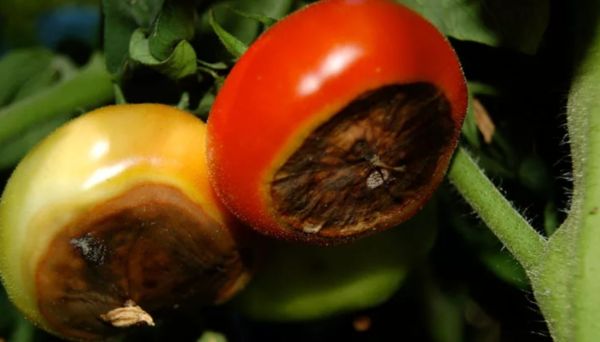
Content
What is tomato top rot: description of the disease, causes
Top rot of tomatoes is a very common non-infectious (physiological) tomato disease which is characterized by formation at the top of the fruit (from the flower side) light brown spotswhich gradually turns into a depressed necrotic area dark brown (black) color.
The plant primarily provides calcium to the growing point and leaves, from top to bottom. And only then, according to the remainder, directs calcium to the fruits.
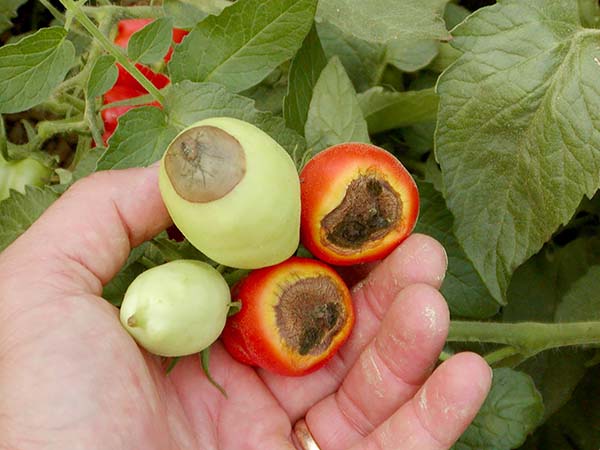
The main and only reason top rot of fruit is lack of calcium in plant nutrition, or rather, calcium starvation.
Top rot affects the fruits not only of tomato, but also paprika, eggplant, watermelon and melons.
And often the problem is precisely unfavorable conditions for growing tomatoes (including soil and temperature)negatively affecting the absorption of calcium by the plant.
Reference! At high temperatures, the intensity of transpiration (the process of water movement through the plant and its evaporation through the external organs of the plant) increases, and then the tomatoes cease to absorb calcium from the soil.
So, often the top rot on tomatoes appears due to sudden changes in humidity... It happens sometimes one heavy rain after heat (dry period) is enoughso that the top rot affects the tomatoes.
You need to water the tomatoes correctly! Otherwise they might start crack when ripe.
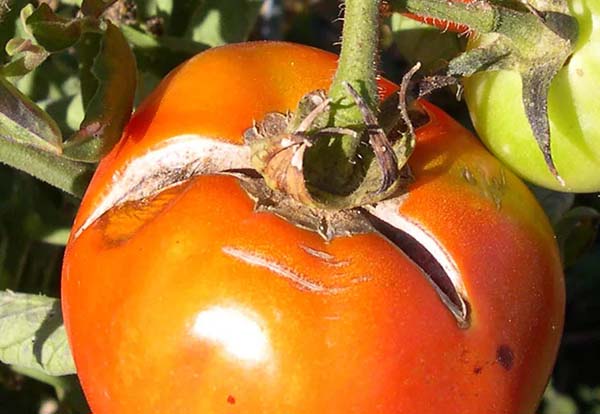
Also, apical rot can cause severe soil salinity and root damage (mechanical or caused by disease).
The above are the reasons that contribute to calcium deficiency.
Accordingly, first of all you need make up for calcium deficiency, i.e. make fertilizing with calcium fertilizer.
Interesting! Different hybrids and varieties of tomatoes have different attitudes towards apical rot. There are more stable, there are less.
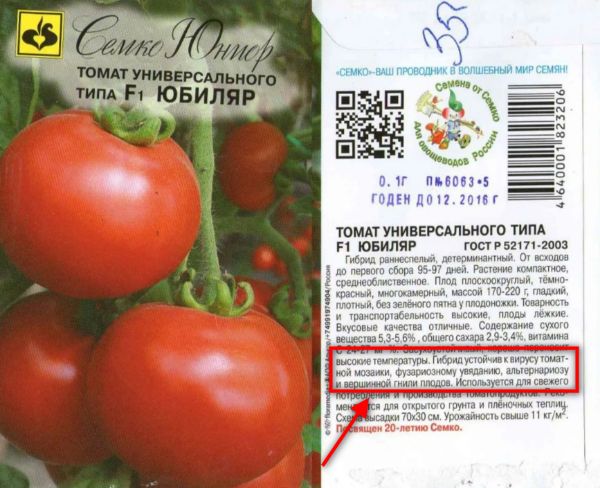
Prevention and treatment of tomatoes from top rot: the best remedies
Top dressing scheme for disease prevention
- If there is a calcium deficiency in the soil (acidic soil, Ph below 5.5), then more in the fall desirable bring to the garden for digging lime or calcium fertilizers (the same wood ash, dolomite flour).
- Before planting seedlings tomato spill the wells with a solution of calcium fertilizer.
- One more top dressing needs to be done at the beginning of fruiting (ovary formation), and then repeat after 2-3 weeks.
As a rule, calcium supplementation is carried out 2-3 weeks before the onset of redness of the fruit.
- During the period of filling and staining the fruits, if you notice the first signs of top rot.
Think! It is believed that it is not necessary to remove the affected tomatoes, because the rot dries up as a thin crust and the fruit develops normally.
Rules for the use of calcium fertilizers
- Calcium fertilizers cannot be mixed with any other fertilizers. (with the same potassium sulfate or potassium monophosphate). The fact is that when mixing them calcium precipitates, in other words, the plant already will not be able to assimilate.
Therefore, it makes no sense to do complex calcium supplements. You need to feed it separately, on different days (today - calcium, but only tomorrow or the day after tomorrow - potassium).
- You can feed with liquid calcium fertilizers byboth under the root and spray over the leaves (There is no point in sprinkling the fruits!).
Moreover, it is desirable to carry out first foliar feeding, and then root, i.e. feed both the leaves and the root.
However, if hot (temperature above +30 degrees), then you just need to do exactly foliar dressing (spraying on leaves).
- You need to feed at the root after abundant watering of the plant, i.e. on wet soil.
- Don't overfeed tomato nitrogen fertilizers, especially ammonium (ammonium nitrate), because this increases the plant's calcium requirements and reduces the availability of calcium in the soil for plants.
And also because of overfeeding nitrogen fertilizers tomatoes will begin to fatten - to the detriment of fruiting, the plant will form a vegetative mass, the shoots will begin to thicken, and abundant growth of stepsons will occur.
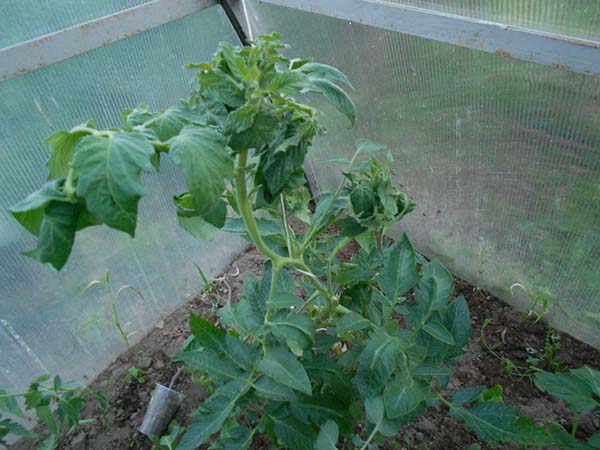
- You can also overfeed with potassium., due to which a lack of calcium will appear against the background of an excess of potassium. To prevent this from happening, so to speak, just in case after potash feeding, it is better to additionally give calcium.
Calcium nitrate
Perhaps this is the most popular fertilizer for the protection and prevention of vertex rot in tomatoes.
You need to prepare a solution of calcium nitrate at the rate of 10-20 grams per 10 liters of water, and then spray on the foliage and also shed under the root (0.5-1 liters of solution).
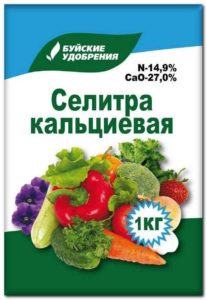
Kalbit S
An excellent alternative to calcium nitrate would be pure calcium fertilizer in a chelated (easily digestible) form - Calbit C (Calbit C).
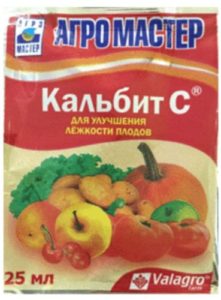
Unfortunately, in such a small package (25 ml) it is rather difficult to find it, more often in a 1 liter bottle.
Tips and recipes from the Procvetok channel
Vinegar allows you to convert calcium into a fast and easily digestible form.
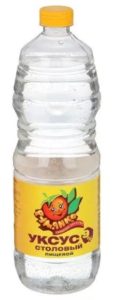
- For 1 liter of 9% vinegar add 0.5 cups of chalk or dolomite flour... Wait for the reaction, the solution should hiss, then dissolve in 10 liters of water. Carry out root (shed under the root) and / or foliar dressing (sprinkle over the leaves).
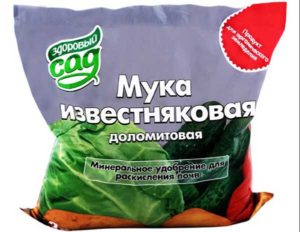
- Again, for 1 liter of 9% vinegar add 100 grams (20-25 pcs) of chopped eggshells... Insist from several hours to a day, and then dilute the resulting infusion solution with 10 liters of water. Spill the holes before planting seedlings, apply root dressing during the growing season (0.5 - 1.0 l of solution for each plant) and / or spray on the leaves (foliar dressing).

The eggshells will gradually dissolve in the vinegar and the calcium salts will be converted to calcium acetate (= an easily digestible form of calcium for the plant).
- And in case heat (+30 and above), when all nutrients are poorly absorbed by plants, including calcium, tomatoes are very it is advisable to periodically spray and water at the root Dimexide solution (0.5-2 tsp per 10 liters of water, 0.5-1 liter per plant).
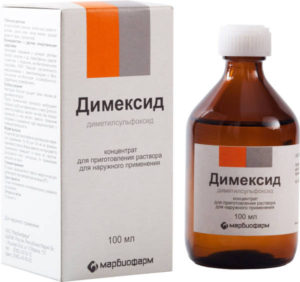
And don't forget ventilate the greenhouse!
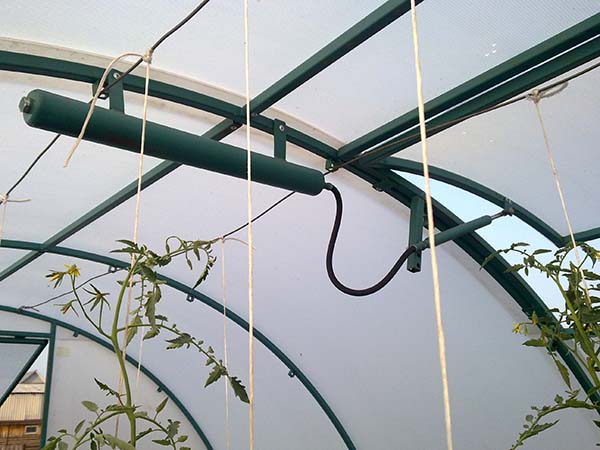
Slaked Lime (Fluffy)
Pure solution of slaked lime ("fluff") as a calcium supplement not suitable for tomatoes... The fact is that such feeding is simply blocks the absorption of phosphorus by the plant and then the tomatoes can start phosphorus starvation (leaves will turn purple).
Important! Another thing is that with such a solution you can feed cabbage to prevent calcium deficiency and cabbage keels.
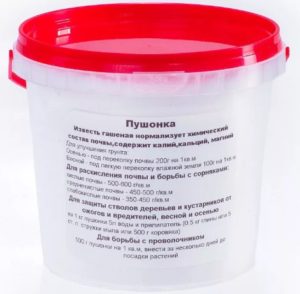
Although, if you still want to use slaked lime, then 10 liters of water and 1 tbsp. spoons of lime you should add 500 ml 9% vinegar.
Wood ash
Similarly to slaked lime, calcium fertilizer can be used ash solution... But again, in order not to block phosphorus and increase the absorption of calcium by the plant, you need to add 200 ml of 9% vinegar to 10 liters of water and 100-200 grams of ash.
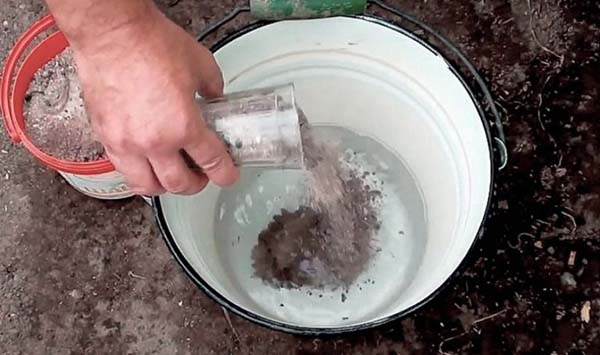
Superphosphate
IN superphosphate (single and double) also contains a significant amount of calcium (on average - 8-12% calcium, maximum - up to 16-20%). However, if you prepare a regular solution, then its effectiveness will be minimal. You need to cook fast feeding from superphosphate... To do this, pour 1 kg of superphosphate (preferably double) with 5 liters of boiling water, allow to cool, add 0.5 liter 9% vinegar, let it brew, stirring occasionally, add another 5 liters of water. Then dilute 1 liter of the resulting solution with 10 liters of water (1 to 10), i.e. you end up with 100 liters of phosphate fertilizer.
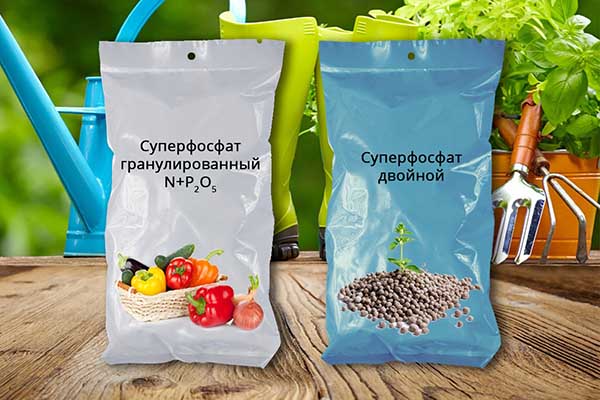
Dairy
For foliar feeding, you can use whey or just milk, kefir is also suitable.
Calcium chloride
Another pharmacy miracle drug that some bloggers suggest using to protect and treat tomatoes from top rot (2 ampoules of 10 ml per 10 liters of water).
However! Tomatoes do not tolerate chlorine, so this remedy is not so suitable.
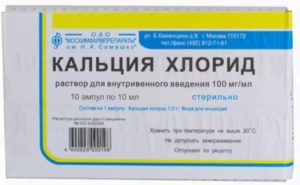
Calcium gluconate
Unlike calcium chloride, calcium gluconate does not contain chlorine, which means it is suitable for calcium fertilizing of tomatoes. But ... it costs quite a lot, much more expensive than any other calcium fertilizers, so the question arises about the expediency of its use.
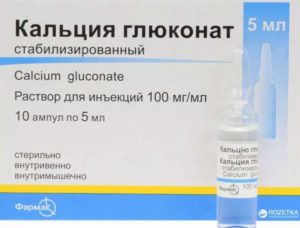
Well, now you know how to deal with top rot on tomatoes, what calcium fertilizers can be used to prevent and treat this non-infectious disease.

